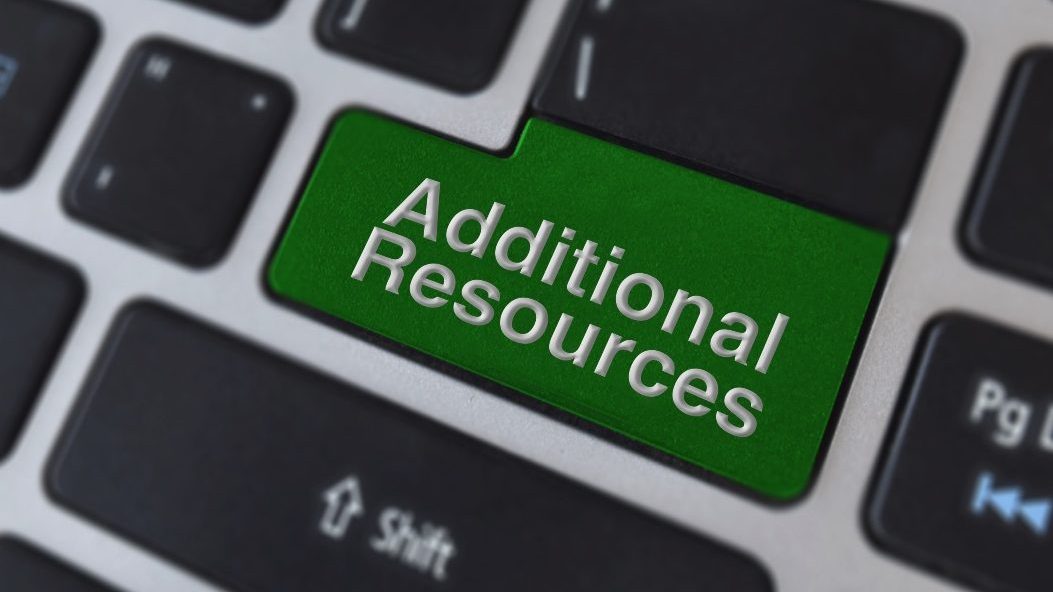MLA style uses parenthetical citations to incorporate work done by other from different sources.
In Text Citation:
For intext citations, the author’s full published name is used for the initial narrative citation, and the page number is included where the cited material ends; for parenthetical citations and subsequent narrative citations, only the author’s surname and the page number are used (see table below). All sources cited must appear in the reference list at the end excepting personal communication.
| Narrative Citation | Parenthetical Citation | |
| Initial Citation | Sherlock Holmes states that deductive reasoning can help solve crimes (3). | Deductive reasoning can help solve crimes (Holmes 3). |
| Subsequent Citation | Holmes states that “Moriarty committed the crime” (1). | According to one study, “Moriarty committed the crime” (Holmes 1). |
Reference List:
The general format for referencing articles is:
Surname, Given Name. “Title of Article.” Title of Journal, Volume, Issue, Year, pages.
The general format for referencing electronic sources/weblinks
Here are some common features you should try to find before citing electronic sources in MLA style. Not every web page will provide all of the following information. However, collect as much of the following information as possible:
Author. “Title.” Title of container (self contained if book), Other contributors (translators or editors), Version (edition), Number (vol. and/or no.), Publisher, Publication Date, Location (pages, paragraphs and/or URL, DOI or permalink). 2nd container’s title, other contributors, Version, Number, Publisher, Publication date, Location, Date of Access (if applicable).
The format of citation and reference changes depending on the source. Refer to MLA Style Introduction // Purdue Writing Lab, for more information.


